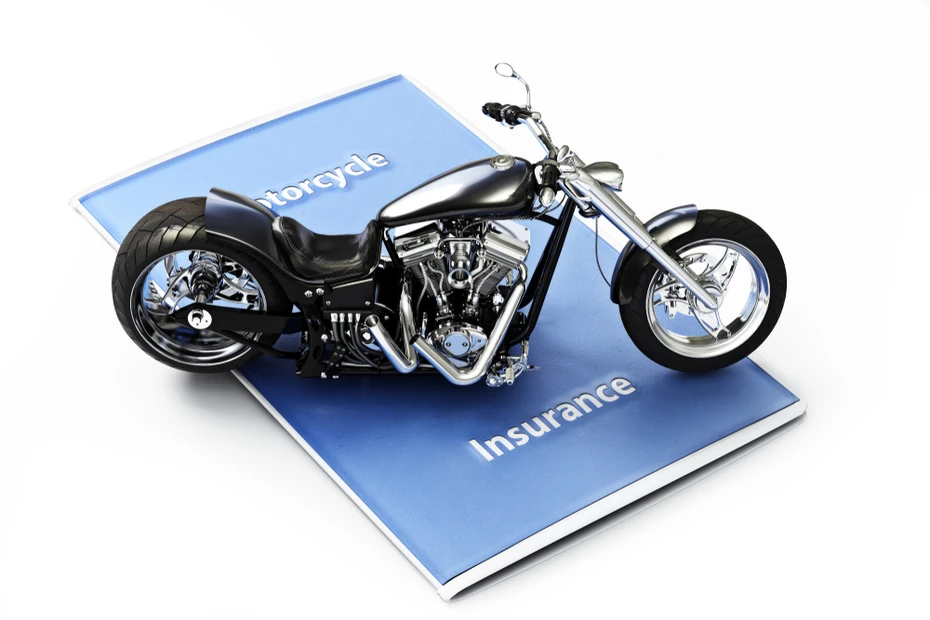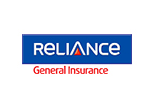Impact of IDV On Renewing Two Wheeler Insurance Explained
Impact of IDV On Renewing Two Wheeler Insurance Explained
The Insurance Declared Value (IDV) is a crucial element of a bike insurance. The significance of the IDV can be comprehended with the fact that it can affect yourbike insurance premium amount. Actually, it is the sum assured amount that you can receive from your bike insurance company at the time of claim. This amount is set by the insurance provider equals the market price of your bike, which changes at the time of renewal. To understand the concept of the IDV and its effects on the renewal of bike insurance policy, let’s start from scratch.
What Is Insurance Declared Value?
The Insurance Declared Value (IDV) is the present market value of your bike and in a situation where your bike sustains a total loss or theft, the IDV is provided to you by the insurance company in the form of compensation. It can be calculated with the below given simple formula:
Insured Declared Value = (Company’s listed price – the depreciation value) + (Cost of vehicle accessories - the depreciation value of these parts)
The Insured Declared Value (IDV) based on the manufacturer’s listed selling price and then the depreciation is applied on it. The depreciation factor influences the value of your bike at the time of bike insurance renewal. However, in case the accessories of your bike are company fitted, then the calculation of IDV is done separately and simply with the following formula:
Insured Declared Value = Manufacturer’s registered price – the value of depreciation
In simple terms, the moment you take your bike out of the showroom, its prices start to fall due to the depreciation and it affects the Insured’s Declared Value as well.
How IDV Is Affected During Bike Insurance Renewal?
The Insured Declared Value (IDV) of a bike is affected by numerous factors such fuel type, RTO location, make and model, date of registration, etc., but the most common factor to impact its value is age which causes depreciation on its value. The Insured Declared Value of the bike decreases with time due to the effect of depreciation. Below is the table to show the dynamics between the age of your bike and its IDV.
Depreciation Rate Followed Under Two Wheeler Renewal Premium Calculation
Age of the Two-Wheeler |
Depreciation Rate |
|
Less than 6 months |
5% |
|
More than 6 months but less than 1 year |
15% |
|
More than 1 year but less than 2 years |
20% |
|
More than 2 years but less than 3 year |
30% |
|
More than 3 years but less than 4 year |
40% |
|
More than 4 years but less than 5 year |
50% |
The entire value of the bike falls down by 5% within the first six months of its purchase. After that, each year the value keeps depreciating, which is something the insurers keep in mind while calculating the IDV during the subsequent bike insurance renewals.
However, if the age of the bike is more than 5 years, its IDV is derived based on its serviceable and body parts condition. However, in case of old vehicles, the IDV is finalised by mutual agreement between the insurer and the insured individual. Some insurance companies can even call surveyors to calculate the right IDV, the cost of which is to be borne by the insured person.
Why Disclosure of Right IDV Is Important During Policy Renewal?
It is crucial to unveil the right Insured Declared Value (IDV) as it directly impacts your bike insurance premium. Besides, the amount of claim is settled that you are eligible to receive is based on the IDV in the situation of total loss or theft.
You should never try to reduce the IDV to save the cost of the insurance premium. It can cost you a hefty price in the future as during a claim, the IDV is taken into consideration instead of the current market value of the bike. Therefore, having a low IDV can prove costly to you while filing a total loss or theft claim. However, it is recommended to keep the IDV closer to the market value as it will help you get the right amount compensation in case of theft or total damage to your bike.
Conclusion
The Insured Declared Value (IDV) plays a significant role during the bike insurance policy renewal process. You should always declare the right IDV value of your bike or scooter, otherwise, you may be entitled to pay more in the long run. There are several insurance platforms that provide you attractive deals and could suggest you the best available option. Do compare all the available insurance options while renewing your policy to make a wise decision. It will help you find the best insurance provider that can offer you the best value for your bike with which you can save a lot of money in the future.
We think you'll like:
How to Find the VIN, Chassis Number and Engine Number of Two Wheeler
Roadside Assistance Add On Cover In Two-wheeler Insurance Explained
Disclaimer: This article is issued in the general public interest and meant for general information purposes only. Readers are advised not to rely on the contents of the article as conclusive in nature and should research further or consult an expert in this regard.














































